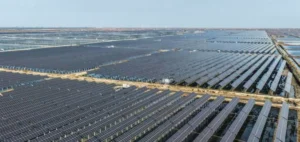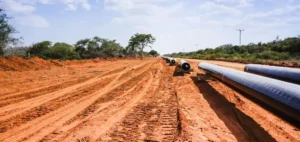According to the main macroeconomic data published just before the presentation of the 2023 draft budget, the so-called “continental” gross domestic product (GDP) (excluding hydrocarbons and shipping) is expected to grow by 1.7% next year after 2.9% this year. This is significantly lower than the 2.3% forecast for 2023 contained in the 2022 Amending Finance Law presented in May.
Despite this expected slowdown, the Norwegian economy remains strong with a high activity rate and low unemployment (1.7% expected this year) and the government plans to draw less on its oil windfall than it is allowed to.
It proposes to take 316.8 billion kroner (about 30 billion euros) from its sovereign wealth fund next year, or 2.5% of its value.
As Western Europe’s largest exporter of hydrocarbons, Norway has traditionally invested all of its public oil and gas revenues in this huge fund, known as the “oil fund”.
To balance an otherwise deficit budget, the government is allowed to draw up to 3% each year, the estimated return on the fund, which is invested in stocks, bonds and real estate.
This year, the levies are expected to be 2.6%. On Thursday morning, the oil fund was worth more than 12,200 billion kroner (about 1,175 billion euros).
With what it presents as a fiscal tightening, the centre-left government intends to curb inflation, which it expects to fall to 2.8% next year after 4.8% this year, excluding energy prices and tax changes.
In response to inflationary pressures, the Bank of Norway has already vigorously raised its key rate from 0% in September 2021 to 2.25% today.
With a minority government in Parliament, it will need the support of other parties to pass its budget proposal, which is therefore subject to amendment.






















